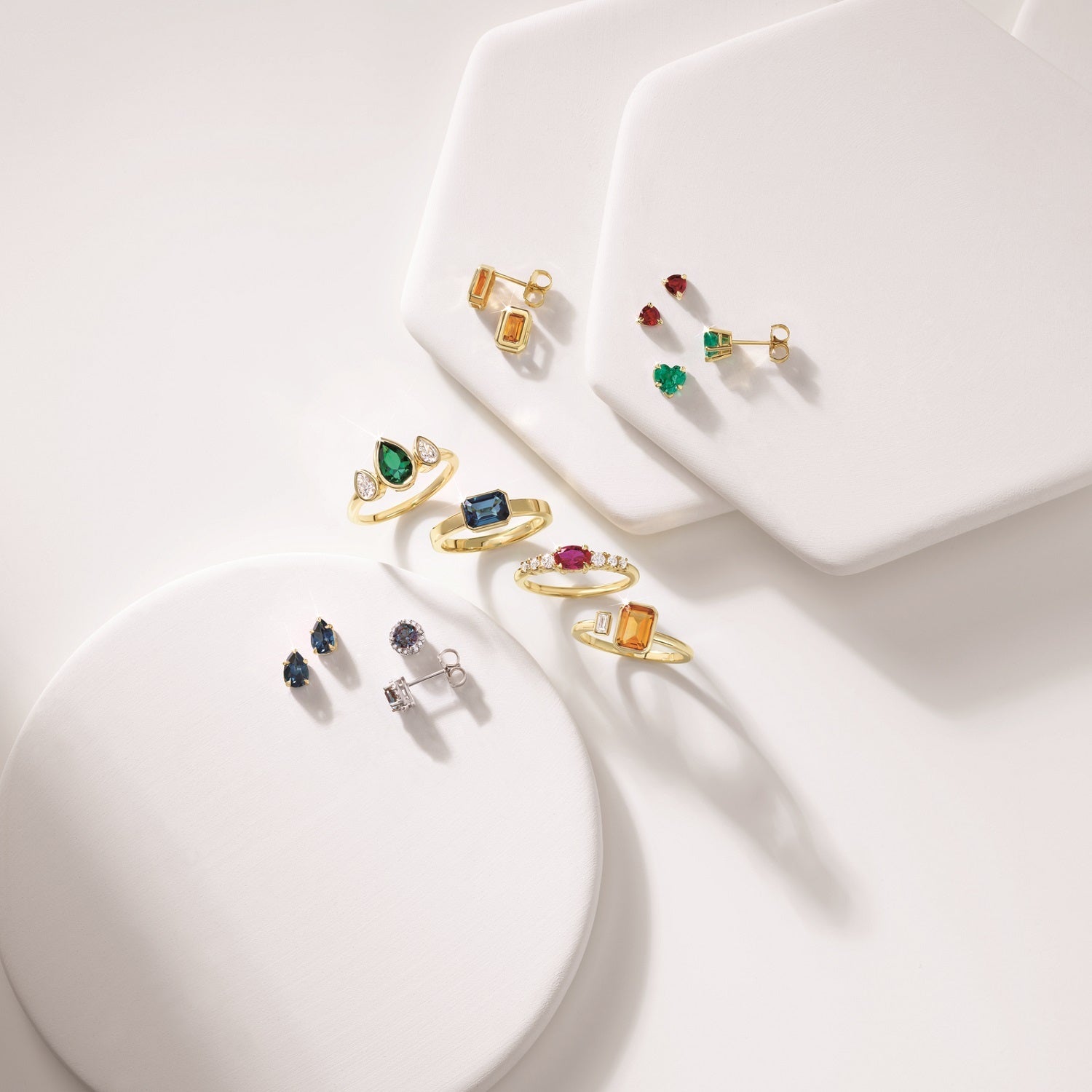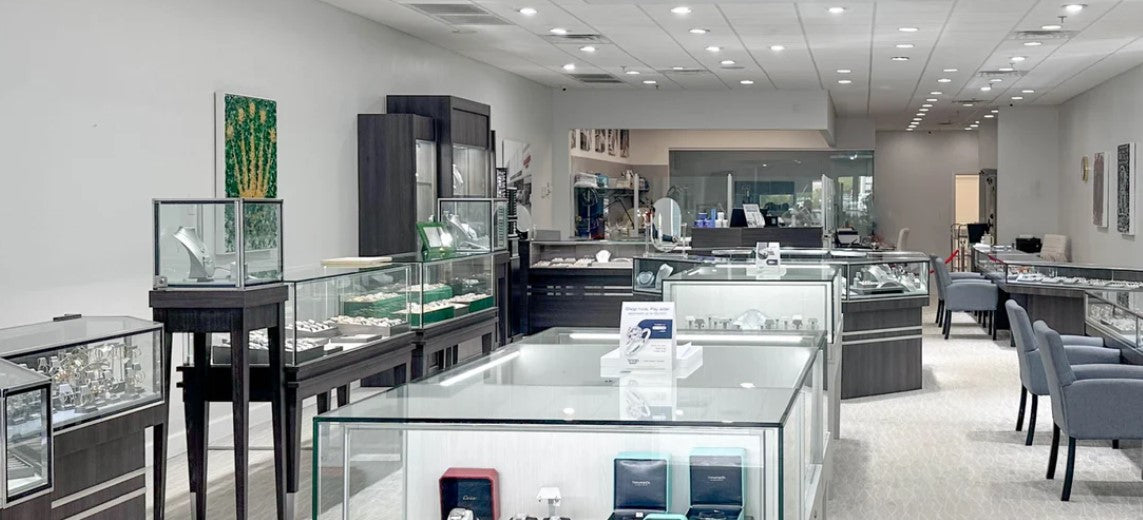
Freshwater vs. Saltwater Pearls: A Comprehensive Guide
When shopping for pearls, one of the most important distinctions to understand is the difference between freshwater and saltwater pearls. Both types are beloved for their elegance and timeless beauty, but they offer unique qualities that may appeal to different tastes or preferences. Let's dive into the characteristics of each and what sets them apart.
Freshwater Pearls

Freshwater pearls are cultivated in freshwater sources such as lakes, rivers, and ponds, primarily in China. They are known for their wide range of shapes, sizes, and colors, offering something for every style.
Key Characteristics of Freshwater Pearls:
-
Variety: Freshwater pearls come in an array of shapes, from round to baroque (irregularly shaped), and a rainbow of natural colors including white, pink, lavender, and peach. This makes them perfect for jewelry lovers looking for a unique or unconventional piece.
-
Affordability: Freshwater pearls tend to be more affordable than saltwater pearls. This is because freshwater oysters can produce multiple pearls at a time, while saltwater oysters typically produce only one.
-
Durability: Since freshwater pearls are made almost entirely of nacre, they are often more durable and less prone to chipping or wearing down over time. This is a great advantage if you plan to wear your pearl jewelry frequently.
Saltwater Pearls

Saltwater pearls, cultivated in oceans, are considered the epitome of luxury and are often higher in value due to their rarity and classic appearance. Common types of saltwater pearls include Akoya, Tahitian, and South Sea pearls.
Key Characteristics of Saltwater Pearls:
-
Luster: Saltwater pearls, particularly Akoya pearls, are revered for their high luster, giving them an intense, mirror-like sheen. This is due to the thicker nacre and the environment in which they grow.
-
Shape and Symmetry: Saltwater pearls are generally rounder than freshwater pearls and exhibit more uniformity in shape and size, especially in high-quality strands.
-
Rarity and Price: Saltwater pearls are often more expensive than freshwater pearls because of the intricate farming process and the fact that saltwater oysters typically produce only one pearl at a time. Larger pearls, such as those from Tahitian and South Sea oysters, can command particularly high prices due to their size and deep, rich colors.
Which Should You Choose?
When deciding between freshwater and saltwater pearls, consider what you value most in your jewelry. If you’re looking for a wider range of styles, colors, and affordability, freshwater pearls are a fantastic option. For those who want a classic, highly lustrous pearl with a rich history and higher investment value, saltwater pearls may be the better choice.
Both types of pearls bring their own unique beauty and appeal, ensuring there is a perfect pearl for every occasion and taste. Whether you prefer the playful variety of freshwater pearls or the timeless elegance of saltwater pearls, you can't go wrong with these exquisite natural treasures.
At Gold and Diamond Center, we offer a carefully curated selection of both freshwater and saltwater pearls to suit every style and budget. Visit us today to explore our collection and find the perfect pearl piece to add to your jewelry collection!




